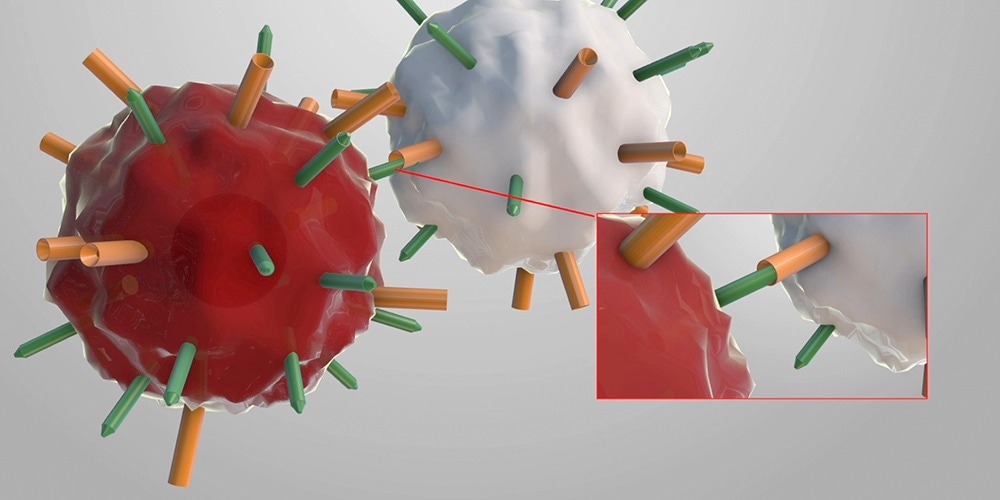A new cell-intrinsic mechanism has been unraveled by scientists at the University of Basel. This regulates the correct number of T cells present in the organism and thus guarantees that the immune system functions in a proper manner.
 If the upper threshold density of T cells is reached, cell death is initiated. Image: Credit: Biozentrum, University of Basel.
If the upper threshold density of T cells is reached, cell death is initiated. Image: Credit: Biozentrum, University of Basel.
Also, this mechanism has been discovered in slime molds, thereby indicating that this regulation of cell density has been conserved developmentally.
The immune system of humans is liable for regulating attacks from bacteria, viruses, and parasites. However, also avoids the occurrence of cancer cells, comprises of multiple cell types. There are around billions of such immune cells in the body, such as T lymphocytes, or T cells for short.
T cells are generated in the bone marrow, chosen in the thymus, and are necessary for the proper functioning of the immune system. While sufficient T cells need to be present at any time, the body should also guarantee that they do not surpass a few densities. However, how does the immune system identify if the correct number of T cells are present inside the circulation?
Coronin proteins control T cell population size
The research group headed by Professor Dr Jean Pieters at the Biozentrum of the University of Basel has currently been able to reveal the cell’s own mechanism that controls the population size of T cells. Their earlier work performed and as well as that of other groups, already displayed that a protein known as coronin 1 plays a significant role in the survival of T cells in the body.
In the new work performed, the scientists report that when the numbers of T cells increase, the expression of the protein coronin 1, which is already amongst the amplest proteins in T cells, is increased additionally. This encourages the survival of the T cells and thus guarantees an adequate size of their population.
However, how does the system decide when enough is enough? The scientists found out that coronin 1 production hinders when the upper threshold of T-cell density has been attained. Consequently, the survival signals for the cells that are differently activated by coronin 1 are missing.
The cells begin to die and the density of the T-cell population is reduced again. It took quite a while to visualize this process. But once obtained, our observation was like watching a disaster movie: If the cells were too crowded, a massive death within cell clusters was initiated.”
Tohnyui Ndinyanka Fabrice, Study First Author, University of Basel
An evolutionarily conserved mechanism
Fascinatingly, the study outcomes also displayed that the regulation of the cell population by coronin is also discovered in amoebas (slime molds), which go through both single and multicellular stages.
This finding opens up exciting avenues for future research.
Members of the coronin protein family are highly conserved and widely expressed in the eukaryotic kingdom. Future work could possibly shed light on whether coronin-dependent regulation of the corresponding populations of T cells and slime molds also works in other systems.”
Jean Pieters, Professor, University of Basel
Source:
Journal reference:
Fabrice, T. N., et al. (2022) An evolutionarily conserved coronin-dependent pathway defines cell population size. Science Signaling. doi.org/10.1126/scisignal.abo5363